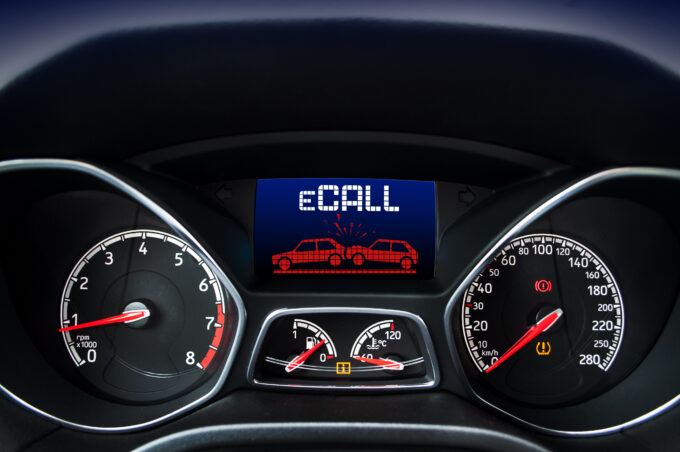Self-driving cars: concerns about accident risk
Self-driving cars are supposed to eliminate the human cause of accidents and thus make traffic safer. However, the changeover is a particularly risky phase.

High expectations are placed on the automation of vehicles: Road traffic is to become more efficient, more economical, more environmentally friendly and, last but not least, safer. And indeed: With the currently available driver assistance systems, half of all accidents could be prevented.
"But when we talk about self-driving cars, the reality today is different," Stefan Siegrist, deputy director of the Swiss Council for Accident Prevention (bfu), is certain: "We are at the beginning of a transition phase in which we have to distinguish between safety-promoting technology such as automatic braking in emergency situations and comfort systems."
The bfu counts semi-autonomous driving among the latter. Because the car is not yet capable of doing everything, drivers must be able to take over at any time within seconds and not rely blindly on technology. For the time being, the human being is changing from being a driver to being a car supervisor. This also harbors dangers, since technical possibilities are now being developed without first ensuring whether people can handle them and whether they are really safe.
For the safe design of the technical revolution, Stefan Siegrist advises: "The authorities should refuse to register vehicles if there are safety concerns. Furthermore, manufacturers must provide correct information about the limits of the systems sold. And it is also important that car drivers continue to keep their eyes on the road at all times during the transition period, as well as keeping their hands on the steering wheel."
Test with TCS still reveals shortcomings of the driver assistance systems
Together with the TCS the bfu tested current driver assistance systems of the Mercedes E-Class, Tesla Model S and Volvo S90 models. It is clear that the systems tested are not yet fully developed. On the one hand, technical innovations contribute to improving driving comfort - for example, adaptive cruise control and traffic sign recognition were convincing in all vehicles - but on the other hand, the electronic assistants did not always work reliably. The sometimes poorly perceivable warnings, which are supposed to draw the driver's attention to a situation, attracted negative attention.
The 5 theses of the bfu on self-driving cars
- The bfu welcomes the safety development of vehicles. With the currently available driver assistance systems, half of all accidents could be prevented.
- Today's driver assistance systems are the cornerstone for self-driving cars. Fully automated vehicles bring many benefits, for example fewer deaths and injuries, less congestion and a better eco-balance.
- We are still a long way from autonomous driving. Even the most modern vehicles have limits. Humans remain in demand and should be able to take over the wheel again quickly - but they can't in every case.
- The bfu fears that accidents could increase during the transition phase. The technology is not yet up to complex situations, communication with other road users is lacking, and legal issues need to be clarified.
- The bfu estimates that the first fully self-driving cars will be on the road safely on highways in five years and in challenging situations in around ten years. Only after the complete replacement of the existing vehicle fleet will the benefit for road safety be at a maximum.
Source: bfu









